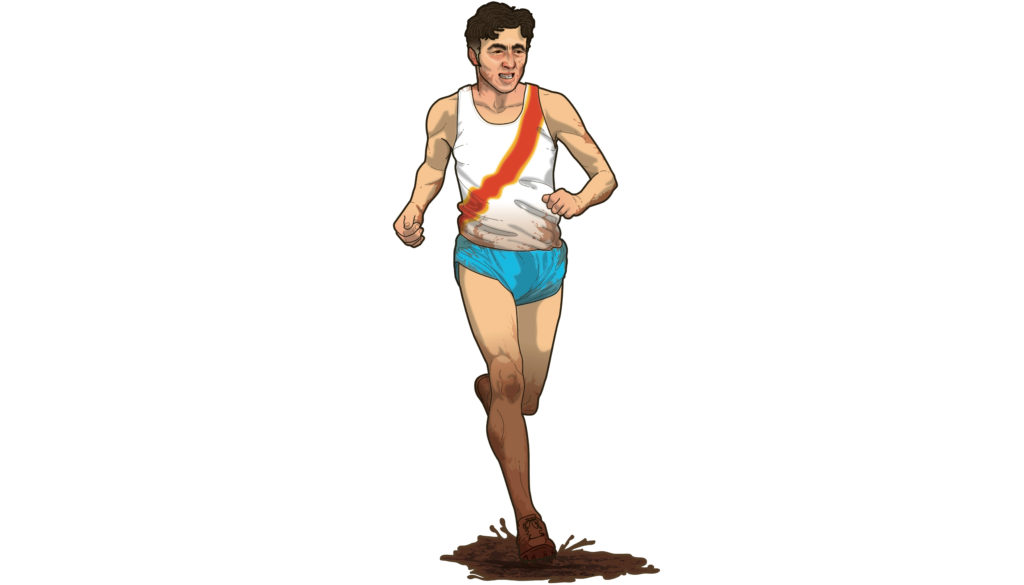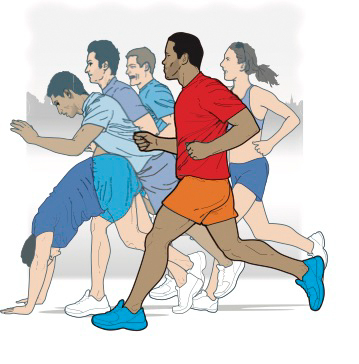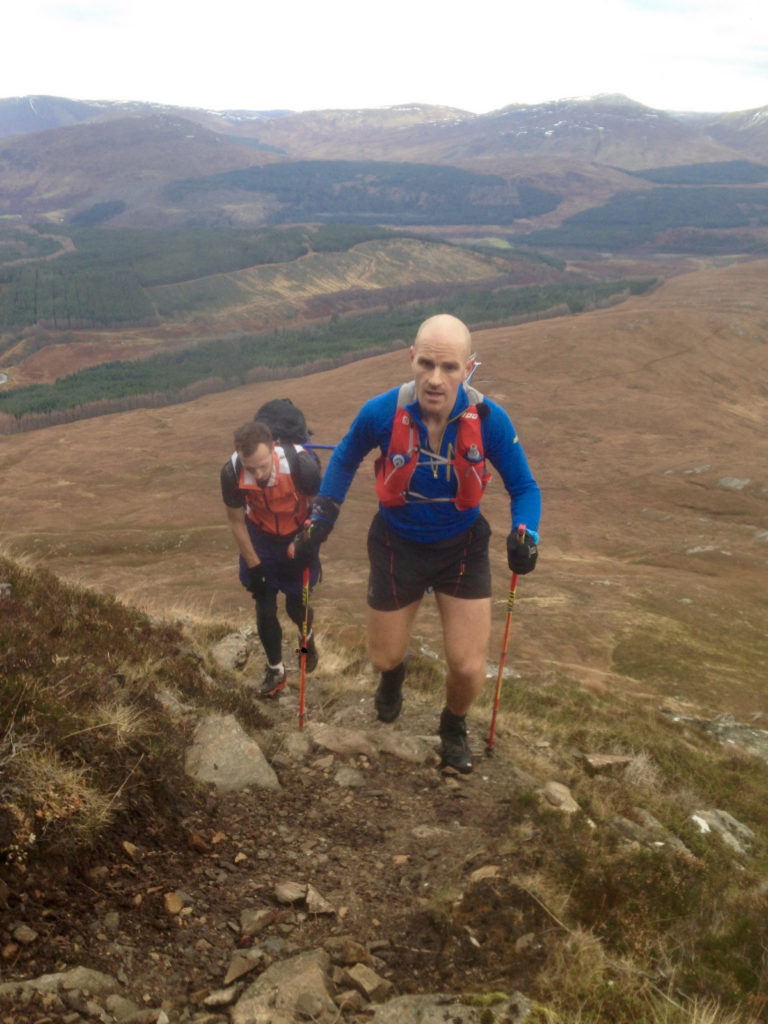
Crash course in cross-country
Races are typically four to 12K in length, with runners judged on individual times and teams by a point-scoring method. Many of the world’s best runners started out in cross-country, with the likes of Mo Farah and marathon world record holder Dennis Kimetto finding their feet on boggy ground.
How to recognise the cross-country runner
Pained expression
Despite protestations to the contrary, few cross-country runners look like they’re having fun, in the moment. The most frequent expression is one of excruciating, ‘why do I never remember how much this hurts’ pain.
Club vest
With loyalty that knows no bounds, the cross-country runner will go to extraordinary lengths to gain valuable points for his club – getting the 07:03 to Cheadle on a Sunday morning, for instance.
Caked in mud
Like a pig in something with a similar consistency, the cross- country runner adores mud. No race is complete without a liberal covering of the brown stuff, and no Sunday fulfilled if at least an hour isn’t spent removing it from shoes, clothes, orifices etc.
Sinewy muscles
Don’t be fooled by the cross- country runner’s slimmed-down frame. Beneath the wiry exterior is a strength matched by no other runner; forged by hundreds of hours of powering uphill – and wrestling shoes on with frozen hands.
(Very) short shorts
In a throwback to the care-free, modesty-defying days of yesteryear, the cross-country runner’s shorts breach the gap between loin cloth and nappy. But when you’ve got such impeccable knee lift and cast-iron quads, who can blame him?
Spikes
With soles dreamed up by a medieval torturer, cross-country spikes are designed to provide grip over the boggiest of terrain. They also act as a handy deterrent for any would-be overtakers thinking of making a move…






